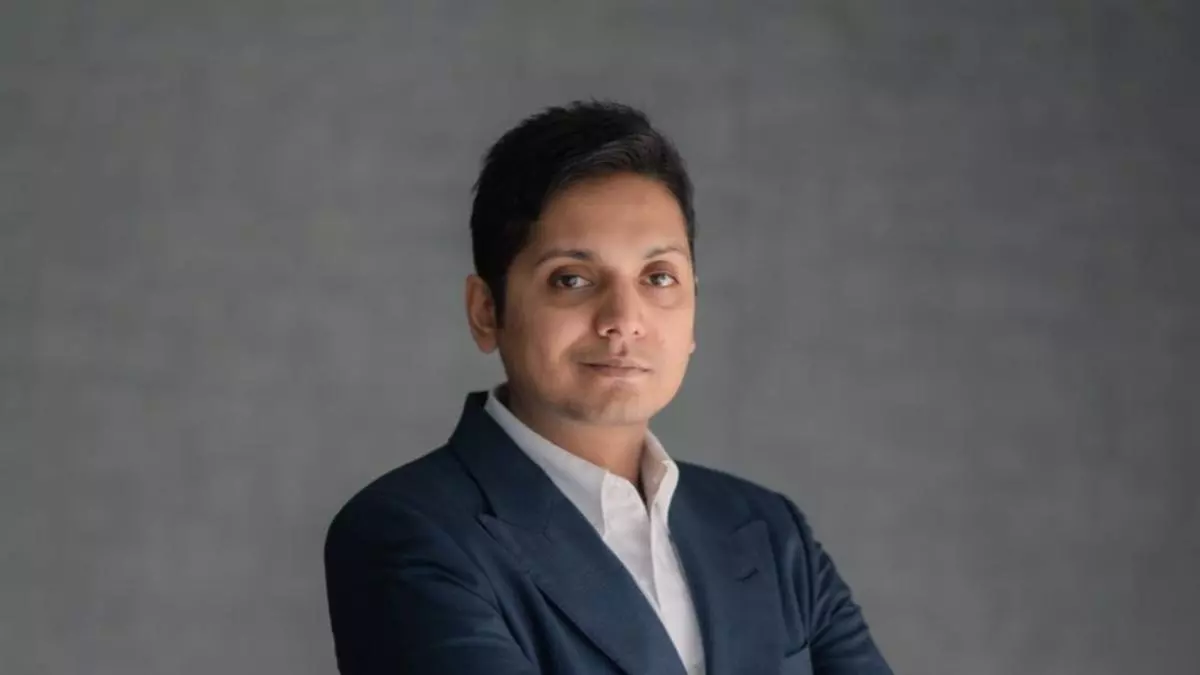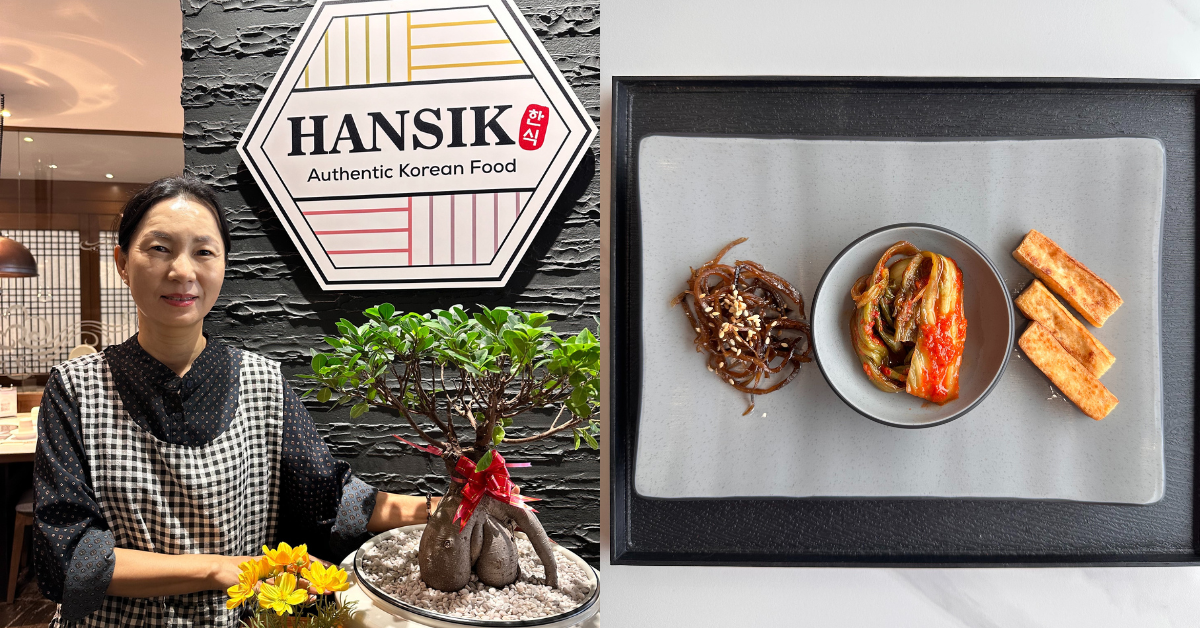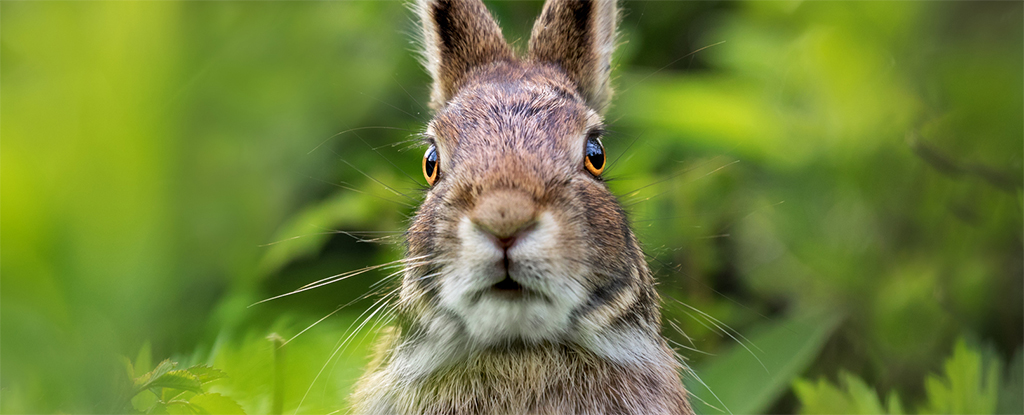#tdi_1 .td-doubleSlider-2 .td-item1 {
background: url(https://www.bworldonline.com/wp-content/uploads/2024/12/Tea-cups-80×60.jpg) 0 0 no-repeat;
}
#tdi_1 .td-doubleSlider-2 .td-item2 {
background: url(https://www.bworldonline.com/wp-content/uploads/2024/12/tea-meditation-80×60.jpg) 0 0 no-repeat;
}
“The tea ritual: such a precise repetition of the same gestures and the same tastes; accession to simple, authentic and refined sensations, a license given to all, at little cost, to become aristocrats of taste, because tea is the beverage of the wealthy and the poor; the tea ritual, therefore, has the extraordinary virtue of introducing into our lives an aperture of serene harmony.” — Muriel Barbery, The Elegance of the Hedgehog
IN MANY of the world’s tea-drinking cultures, tea is transformed into a ritual that gives a taste of the sacred to what should be mundane. In the Philippines, Rachel Ngan Dueñas does the same by holding tea meditation classes.
We caught up with Ms. Dueñas at an event with Moda Interni (see related story: https://tinyurl.com/3bbn9yw3), where her artwork (especially one shown at an exhibit at the Carrousel du Louvre in Paris, Come to Life) was shown with the furniture showroom’s Italian offerings.
We didn’t come for her art, however: Ms. Dueñas achieved her certification as a tea sommelier from the International Tea Masters Association in the Philippines in 2018. In 2020, at the height of the pandemic, she began holding tea meditation classes through her Instagram page, @kindness.in.a.cup.
“I’m Chinese. We grew up drinking tea and everything,” she told BusinessWorld in an interview on Nov. 28. While tea has always been a part of her life, it was a stint in her life in the corporate world selling tea to hotels that opened her eyes to the many varieties and possibilities. She recalled having to taste 15 teas in a week. “It opened my brain beyond Chinese tea,” she said.
Encouraged by her husband to pursue tea (after an otherwise unsatisfying life in the corporate world), she told us what discouraged her from doing so at first. “There’s something I’ve always wanted to be, but I never felt qualified,” she said. “The sommelier in my brain has always been a white (British) man,” she said with laughter. Her husband told her, “Then change that.”
“My insecurity worked to the best of my ability. I’m not British, but I’m going to overcompensate and study very hard,” she said. “My job is to be there to help articulate the taste of people; whether they like something or not… you draw from a memory and you understand why; it teaches you so much as a human being, and these little tastes (are) clues to yourself, and who you are.”
She tells us what is there to love about tea: “It brings you a sense of calm. It brings you a chance to slow down. It is the cheapest way to say: ‘I’m going to take care of you.’”
She walked us through what happens at a tea meditation class, inspired by the discipline in the Japanese tea ceremony. She talked about engaging the five senses: but more than that, about how the five senses’ preferability differ from person to person. Of the five senses, two are considered favorable by a person, two are unfavorable; the last sense is considered neutral. From observing me, she said that my own favorable senses must be sight and smell (basing it on my clothes and my perfume).
“When you use tea meditation, and you brew your tea and everything, you have to engage your five senses. When you do it slowly and mindfully… the best way to do it is to focus on that moment,” she said.
“Me, as a facilitator, I watch your body (language), and it helps to have someone to guide you. When I’m able to help your body… to a more relaxed state… it teaches your body. Instead of heightening your stress level, it actually lowers [it],” she said; pointing out that I had a propensity for clenching my jaw and holding my breath (which tea meditation should fix).
“Through your cup of tea, it will teach you how to slow down and be more compassionate to yourself. That’s what tea meditation is — I teach you how to be friends with yourself, in a very gentle way,” she said.
Of course, there are other ways to meditate (yoga, anyone?), but: “I don’t like to teach meditation for you to aim for your brain to be quiet… I feel like you should engage what you like, what you enjoy, and that can bring you tranquility, even if it’s multisensorial,” she said. “Meditation should not be difficult. It should not make you bad that you can’t do it.”
Tea meditation has led to much more. Her client list kept growing, until she was invited to hold a class at The Farm at San Benito. One of the people there happened to be involved with Paris Fashion Week and then brought her to Paris to help de-stress the fashion workers there. One thing led to another, and that’s how her painting came to be at the Carrousel du Louvre.
“Everybody was born with a God-given talent, and it is our mission to share that to the world,” she said about how tea has taken her to several places. “The moment you share that with the world, the world offers you opportunities, more than you can possibly dream of,” she said.
“Your talent has now become an act of service.”
Contact Ms. Dueñas at https://www.instagram.com/kindness.in.a.cup/. — Joseph L. Garcia











Leave a Comment